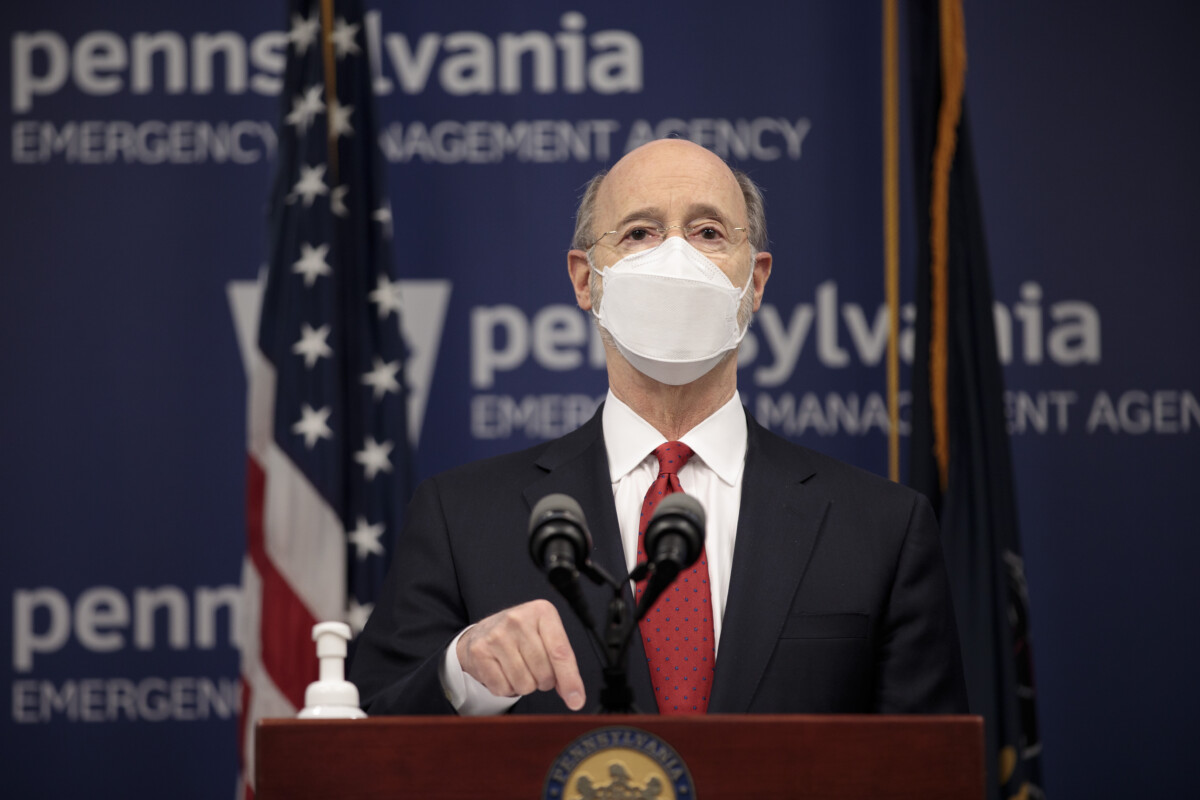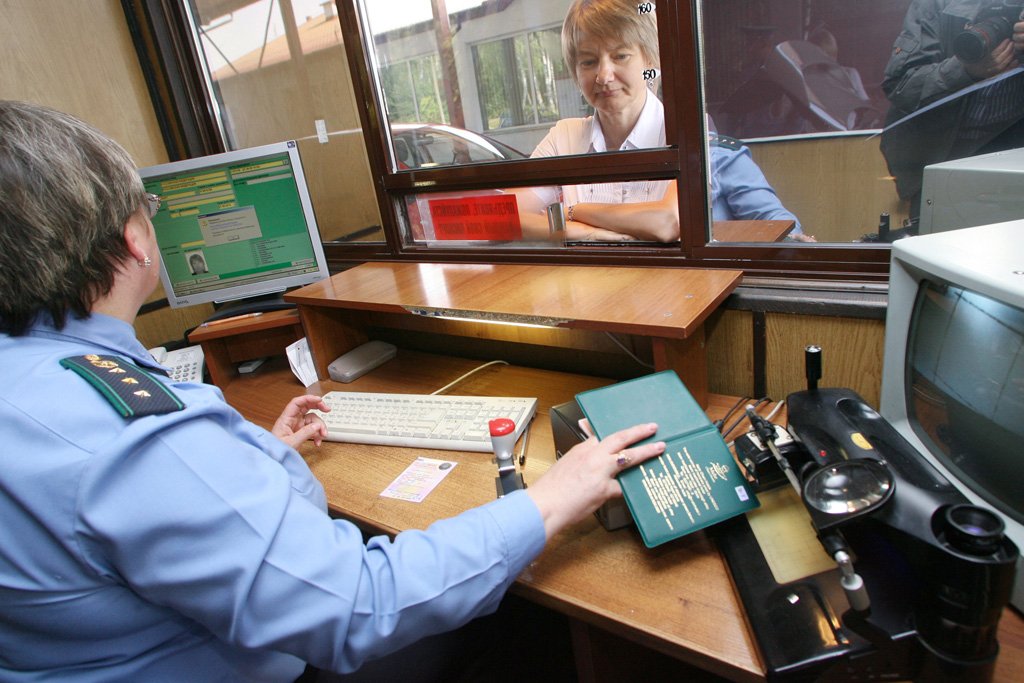The Great Economic Awakening Nobody Saw Coming
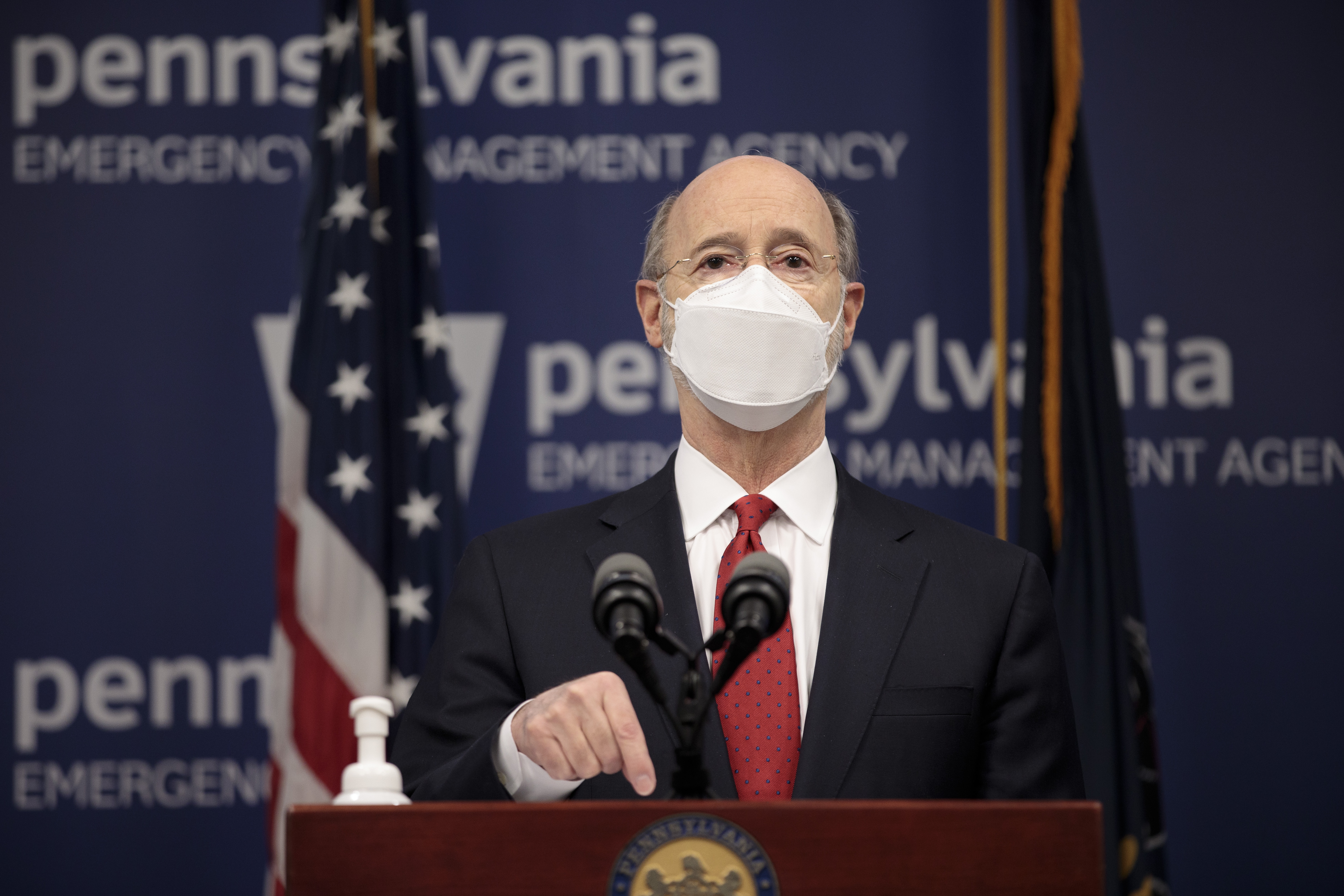
Something extraordinary is happening across Pennsylvania’s neighborhoods and small towns, and most people haven’t even noticed yet. The Commonwealth collected $46.4 billion in General Fund revenue in FY 2024–25, $321 million, or 0.7 percent, above initial estimates from last June. This isn’t just about numbers on a spreadsheet though – it’s about communities that were written off just a few years ago suddenly finding their voices again.
Pennsylvania’s economy is experiencing steady and substantial growth, with output now significantly exceeding pre-pandemic levels, indicating a robust recovery. The state’s job growth has been exceptionally strong, frequently outpacing national rates. What makes this especially remarkable is that Pennsylvania’s slower working-age population growth, which typically acts as a constraint on job creation, should have made these gains nearly impossible.
Small Businesses Become the New Economic Engine

The transformation starts with the most local businesses imaginable. 132,060 registered businesses in Pennsylvania have 0 to 4 employees. People who work at home with sole proprietorship are included in this breakdown. These aren’t just side hustles anymore – they’re becoming the backbone of entire communities.
Governor Shapiro accomplished one of his top priorities: securing more than $550 million in new funding for economic development, including $500 million for site development, $20 million for the Main Street Matters program to support small businesses and commercial corridors. But here’s what’s really interesting: It used to take an average of 40 days for the average new business to receive its operating license from the commonwealth; following reforms introduced by the Shapiro administration, it now takes just four.
Main Street Gets a Million-Dollar Makeover
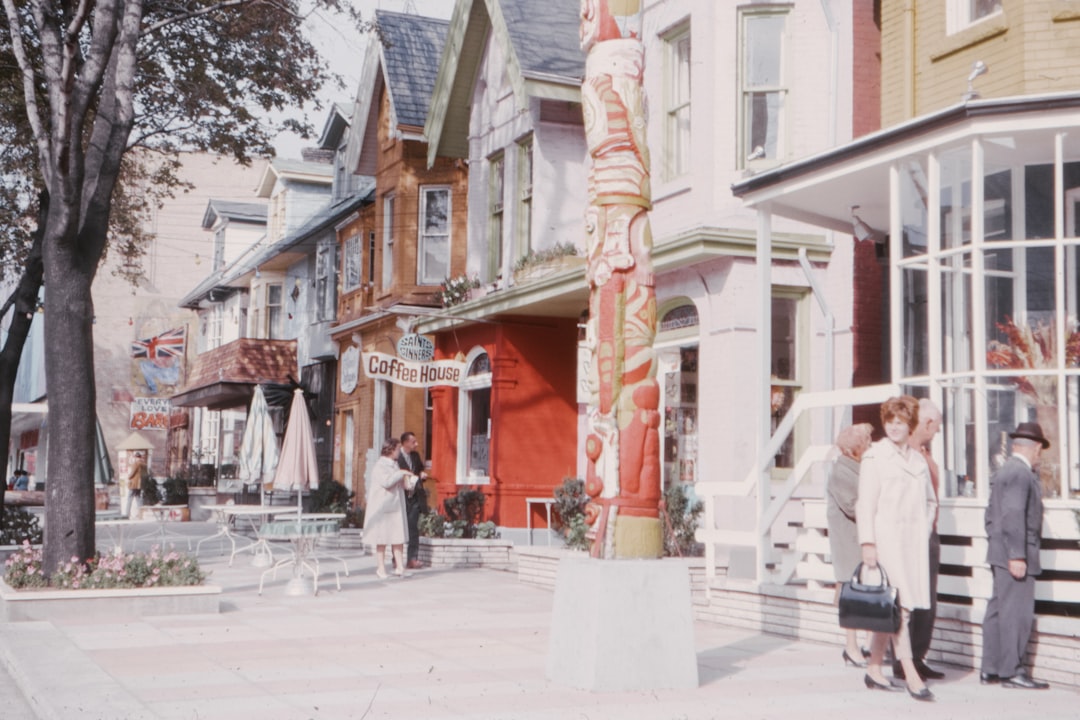
Governor Josh Shapiro announced that his Administration is investing in 81 community projects across Pennsylvania through the Main Street Matters program, fulfilling a key promise he made to help revitalize downtowns, support small businesses, and strengthen local economies. This historic investment in Pennsylvania’s Main Streets follows Governor Shapiro’s work to create the new Main Street Matters initiative and secure $20 million for it in the 2024-25 bipartisan budget.
The impact goes far beyond fresh paint and new sidewalks. Historic investments in Pennsylvania main streets will help local communities repair sidewalks and lighting, improve building façades, build more affordable housing, and support small businesses. When you walk through places like York or Reading now, you can actually feel the difference – there’s energy where there used to be empty storefronts.
The Quiet Revolution in Rural Pennsylvania
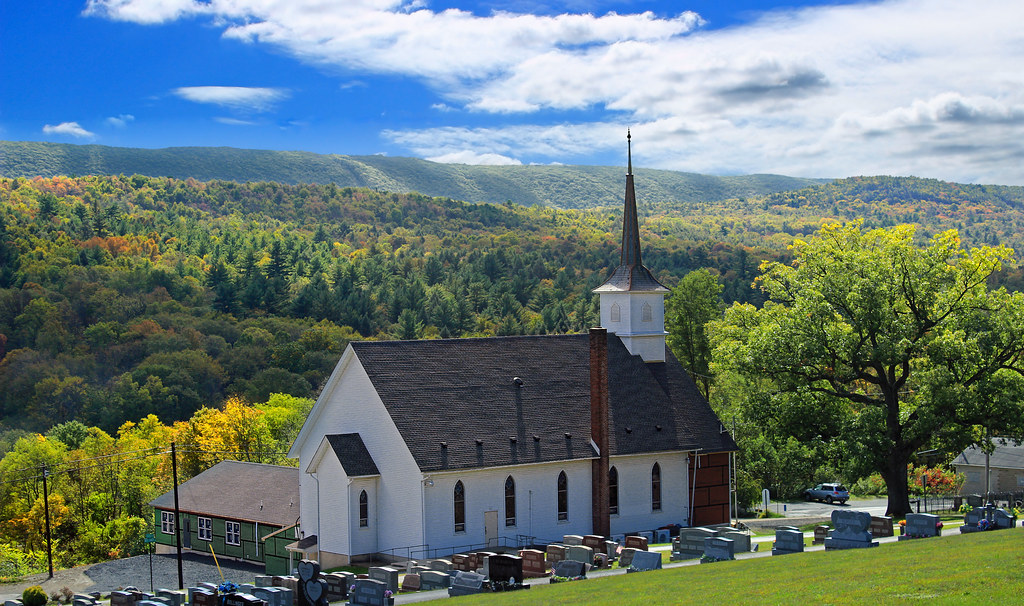
Pennsylvania’s rural population is expected to shrink by 5.8% by 2050. The state legislature wants to reverse the drain through a new commission. But instead of accepting decline, these communities are fighting back in unexpected ways.
Established by Act 21 of 2024, the purpose of the Commission is to create “reviews and recommendations aimed at attracting and retaining residents in rural Pennsylvania while addressing challenges facing rural communities due to population shifts and changing demographics”. Think of it as a think tank with real power to change things, not just write reports that gather dust.
Tech Meets Tradition in Unexpected Places
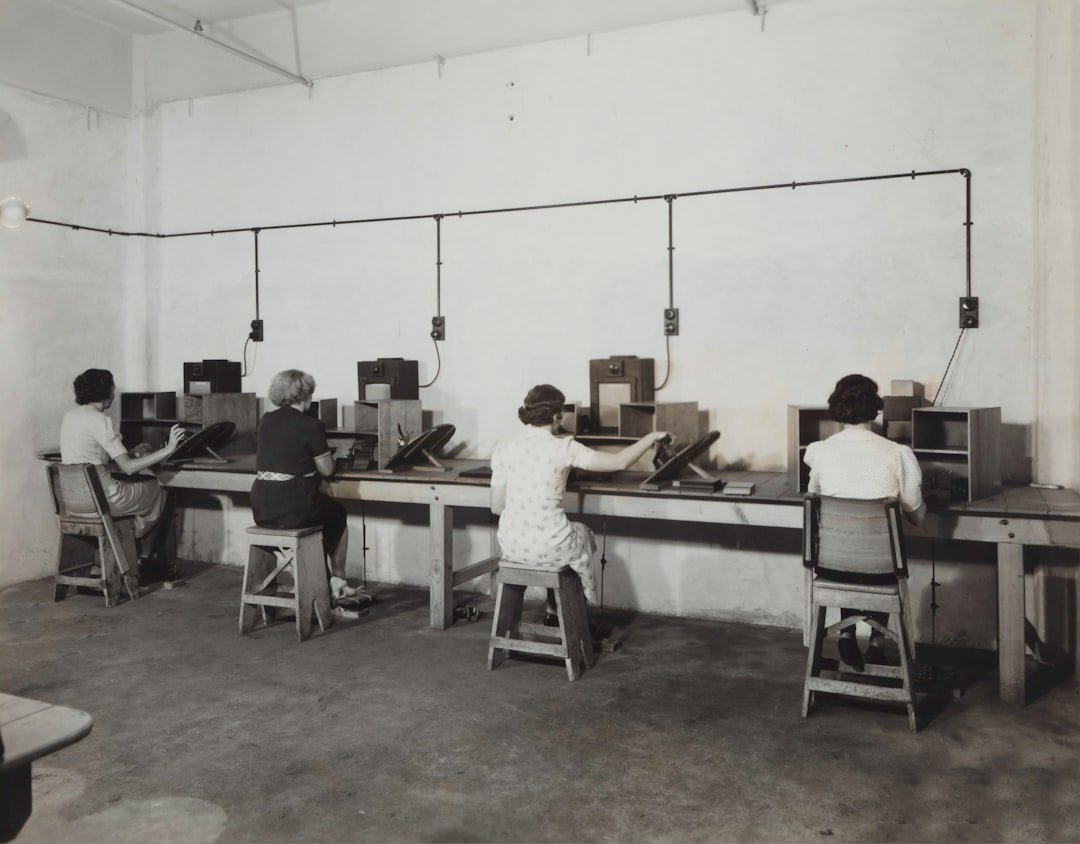
The most surprising changes are happening where old industry meets new innovation. In 2024, Site Selection Magazine ranked Pennsylvania’s business climate ahead of New York, making the Commonwealth the top state in the Northeast for regional economic competitiveness. This isn’t just about attracting big corporations anymore – it’s about creating ecosystems where local entrepreneurs can thrive.
York County Economic Alliance’s BLOOM Business Empowerment Center, where founding executive director Sully Pinos manages grants, low-interest loans and business resources in both English and Spanish. The organization even spearheaded a 400-place child care initiative to help new or would-be business owners with family responsibilities. When you remove the barriers that stop people from starting businesses, amazing things happen.
Philadelphia Rewrites the Urban Playbook

The small business growth forecast for Philadelphia in 2025 indicates varying trajectories, with projections estimating job increases to 774,900 under an optimistic scenario or a decline to approximately 727,600 under a competitive loss framework, highlighting the necessity for robust workforce development in key industries. Approximately 47% of local jobs are generated by small and midsize enterprises.
But Philadelphia isn’t just betting on big companies anymore. Support initiatives in the proposed FY2024 budget aim to enhance access to capital, particularly for minority-owned small businesses. Professional services are anticipated to recover strongly, providing significant employment opportunities that could benefit small businesses. The city is learning that real economic strength comes from having thousands of small, resilient businesses rather than depending on a few large employers.
The New Grant Game Levels the Playing Field

Getting funding used to be impossible for most small businesses, but Pennsylvania has completely reimagined how grants work. With limited staffing and a smaller taxpayer base to generate local revenue, many rural areas struggle to apply for and access state and federal grant money that could support development and revitalization projects. And even in places where officials secure these dollars, limited staffing can cause them to struggle to administer the influx of funding.
Stakeholders have already proposed a tiered system for grant applications to ensure a more equitable distribution of state funds that also recognizes rural areas might not offer the same return on investment as urban ones. Additionally, rural leaders have proposed regional partnerships to consolidate resources. This isn’t charity – it’s smart economics that recognizes different communities have different strengths.
Community Organizations Become Economic Powerhouses

Much of the $30 million BLOOM disbursed in COVID Relief grants to 1,900 businesses was direct outreach. “Going to different municipalities, having mobile office hours or bringing computers and printers with us, so that businesses didn’t have to travel an hour to submit their application,” she explained. This kind of hands-on support is creating entrepreneurs in places where people never thought they could start a business.
The most successful programs aren’t coming from Harrisburg – they’re coming from local organizations that understand their communities. Use local resources like Small Business Development Centers (SBDCs), regional economic development agencies, or university-affiliated business centers for guidance. The University of Pittsburgh and Duquesne University both offer excellent business centers that provide free consulting and support to help small businesses navigate the application process effectively.
Manufacturing Gets a Local Makeover

Pennsylvania’s manufacturing heritage isn’t disappearing – it’s getting smaller and smarter. The Pennsylvania Department of Agriculture is now accepting applications for its 2024-25 Very Small Meat and Poultry Processor Reimbursement Grant Program. The grant program supports the development and expansion of current or future meat and poultry processing operations across Pennsylvania, offering reimbursement funds to cover costs associated with opening or expanding operations.
These aren’t the massive factories of the past. They’re local food processors, craft manufacturers, and specialized producers who serve their immediate communities first, then expand outward. It’s manufacturing that’s human-scaled and community-focused.
The Numbers Tell a Story of Quiet Success

Unemployment rates have plummeted to a remarkable 50-year low. Even more encouraging is the notable improvement in employment figures for Black and Hispanic workers, signaling progress in reducing racial disparities in the job market. But the real story is in what these numbers represent – communities where people can actually make a living doing work that matters to them.
Wage growth has outpaced inflation across most demographic groups and occupations, leading to real increases in purchasing power for many Pennsylvania workers. When wages grow faster than prices, people have more money to spend at local businesses, creating a virtuous cycle that strengthens entire communities.
Digital Infrastructure Connects Rural Dreams to Global Markets

As the Commonwealth seeks to expand and invest in improved broadband connectivity and digital access, it is looking for your input as a Pennsylvania resident on strategies to close the digital divide. The Pennsylvania Statewide Broadband Connectivity and Digital Access Survey will inform the 5-Year Action Plan and Digital Equity Plans, being prepared in 2023 by the Pennsylvania Broadband Development Authority.
High-speed internet isn’t just about convenience anymore – it’s about economic survival. A farmer in rural Pennsylvania can now sell directly to customers in Philadelphia, a craftsperson in a small town can reach buyers worldwide, and a consultant can serve clients from their home office. By completing the survey, you are providing critical information that will help the Commonwealth qualify for more than $1 billion in federal funding to invest in our communities.
The Future Looks Surprisingly Local

This budget goes further to implement the Economic Development Strategy, positioning Pennsylvania as a national leader in innovation, job creation, and economic development. But the real innovation isn’t happening in corporate boardrooms – it’s happening in community centers, co-working spaces, and kitchen tables where people are figuring out how to build businesses that serve their neighbors.
Pennsylvania isn’t just creating jobs – it’s creating the conditions where people can create their own opportunities. Pennsylvania’s business community has championed in recent years to try to boost a stubborn statistic: the Keystone State’s historically poor entrepreneurship rate. Pennsylvania’s rate was .17% – nearly half the national average of .31% – in 2021. The numbers are still challenging, but the momentum is unmistakable.
What Local Really Means Now
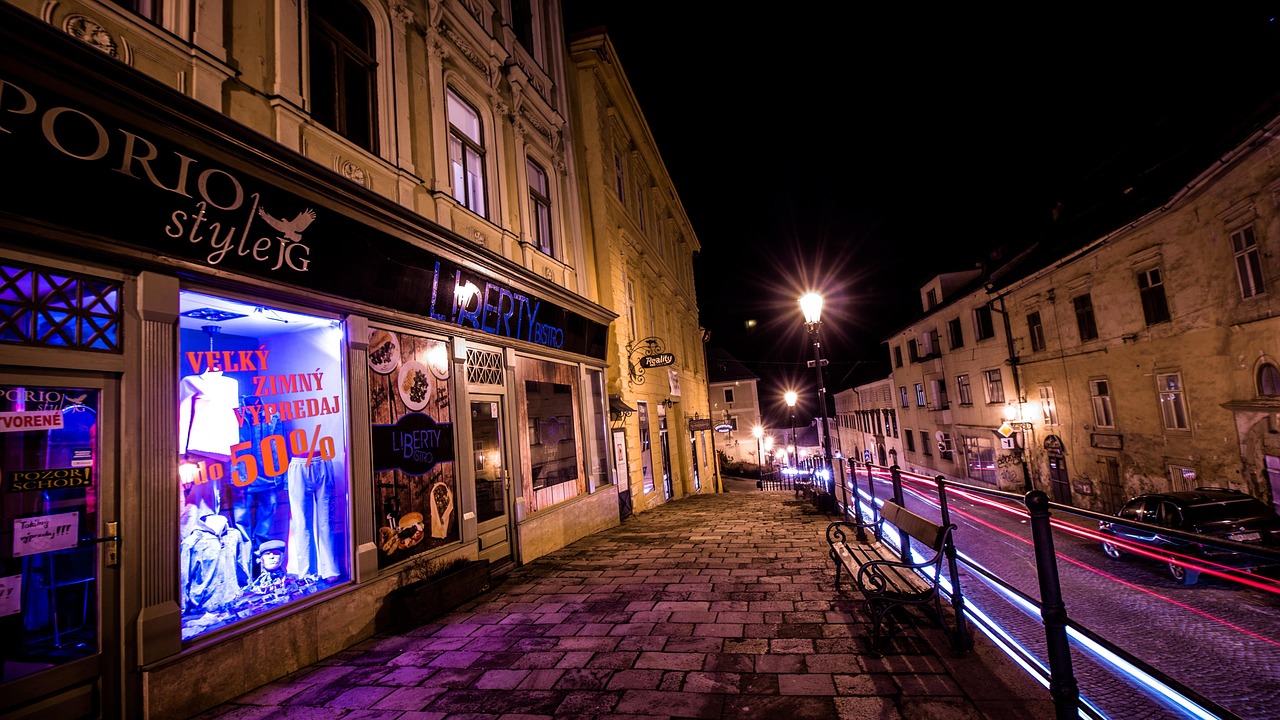
The old model of economic development was about attracting big companies to create jobs. The new model is about empowering local people to create their own jobs and serve their own communities. It’s about Main Streets that aren’t just nostalgic tourist attractions, but actual economic engines where people work and shop and build their lives.
Pennsylvania is proving that you don’t have to choose between economic growth and community character. You can have thriving downtowns and sustainable rural communities. You can have innovation and tradition. You can compete globally while staying rooted locally. The question isn’t whether this transformation will continue – it’s whether other states will be smart enough to follow Pennsylvania’s lead.
What would you have guessed about Pennsylvania’s economic future just five years ago?

